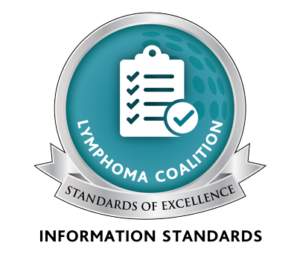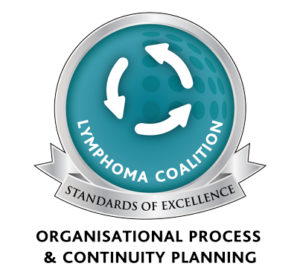Choosing care and treatment for advanced cancer is a personal process. Some people choose to explore every option that might help them live longer — others are more concerned with quality of life. Along the way, many people will offer suggestions and advice but only you can decide on your treatment and care.
Understanding Palliative Care
You may have doubts or fears about palliative care because of misunderstandings about what it means. Or you may have heard people call it by different names. Palliative care is a special type of care that provides physical, emotional, social and spiritual care for people with cancer and their families. It does not mean that doctors are giving up. Palliative care does not speed up or delay death. The aim of palliative care is to relieve suffering and improve the quality of living and dying for people whose disease cannot be cured. Palliative care supports the principle that it is important for people to be given the opportunity to live out their days with meaning and as little distress as possible. It may complement and enhance disease modifying therapy or it may become the total focus of care. Care focuses on:
- Embracing life and regards death as a normal process.
- Making you as comfortable as possible.
- Helping to relieve pain and symptoms.
- Keeping quality of life.
- Providing support during this time (it may be months or years) and this support can include psychological and spiritual support.
- Offering a support system to help patients live as well as possible until death.
- Offering a support system to help families cope with their loved one’s death and to help them cope afterward with their own bereavement.
Palliative care helps people receive the care they need in the surroundings they prefer. So, palliative can be provided at home, in a hospice, a long-term care facility or in a hospital. Palliative care is planned and delivered through the collaborative efforts of many people including the patient, their caregivers (family and friends) and service providers (cancer care team and community healthcare providers). Treatments can include radiation, chemotherapy, surgery or medicines for pain or other symptoms. These treatments are not intended to cure the cancer but to relieve symptoms, shrink the cancer if possible and improve quality of life.
Getting Palliative Care Services When You Need Them
Access to palliative care services varies by province and community and waiting lists are common in many areas. Ask early. Talk to your doctor, social worker or other member of your healthcare team.
Choosing to Stay at Home
Some people choose to stay at home as long as possible. Caregivers may also want this option – even though it means more responsibilities. When making this choice, discuss it with members of your healthcare team so that you are both prepared. Palliative care services can be offered in the home. You may be able to arrange for home visits by palliative care nurses, doctors, social workers, home health aides, occupational therapists and volunteers.
Even with the right supports, there may come a time when it is no longer possible to continue home care. It’s important to recognize that this is not a failure. Try to talk openly about your doubts and concerns, and focus on what will improve quality of life for everyone involved.





